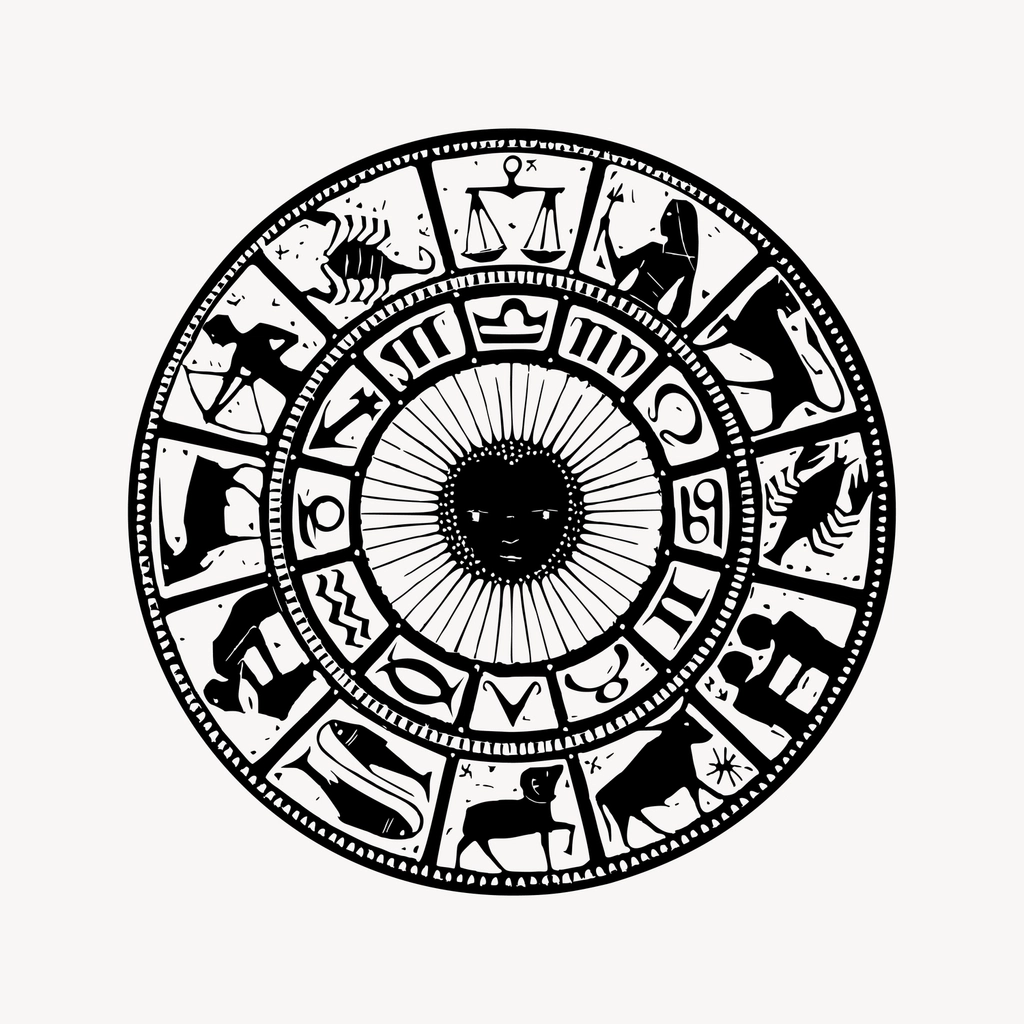11 years ago, a social media site was launched that would one day add a new meaning to the word “tweet”– Twitter. This social network was something different in which people could quickly send out their thoughts to the world in matter of seconds. In these 11 years, of course, there have been several changes to the design of Twitter, such as going from staring tweets to hearting them or not having an image being a part of your word count. Over 328 million users have grown to love Twitter, standing alongside its main attribute: the 140-word count. Twitter’s brevity is what made it what it is, and now it is all about to change.
On Sept. 26, 2017 Twitter made an announcement that shook those 328 million users to their cores. Twitter is going to test a 280-character limit with a random sample of users. No one knows who will be selected or how they will be selected but some users have already begun to take advantage of this new tool.
The main reason Twitter felt it was time to increase the word count and said the goal was to eliminate what it viewed as constraints that kept people from tweeting more frequently. They felt as though the 140-word count was a barrier. Twitter has been trying to find a way to expand its social media service without compromising its initial motive of short format. In a blog post, Twitter stated that, “When people don’t have to cram their thoughts into 140 characters and actually have some to spare, we see more people tweeting.”
As with any drastic change, there are people who are ecstatic and all for a longer word count and there are others who are very much against this expansion. Twitter is preparing for backlash from users who don’t want the limit to be extended. “We understand since many of you have been tweeting for years, there may be an emotional attachment to 140 characters,” the company said. “But we tried this, saw the power of what it will do, and fell in love with this new, still brief, constraint.” The negative feelings have already starting pouring in, however.
Still, Twitter points out how in different languages they do not need as many characters to express thoughts but since English has more characters than most languages it seems sensible to extend the word count. When asked about their opinion on Twitter testing out a new word count, University freshman, Molly McElaney had to say that, “Twitter is a dying platform struggling to keep itself afloat in today’s fast-moving cultural environment. Ironically, it is the Republicans and the weekly world atrocities that sustain this app as a source of news. In short, I love and hate it.”
Like McElaney, many are wondering what this will mean if President Trump gets the 280-character count limit. As of now, it is unknown whether or not Trump was a part of the random groups of people who received the option. It has become known that Trump often takes to Twitter to announce politic decisions which has sometimes gotten Twitter heat from others.
No one knows for sure what exactly is going to happen to Twitter but in the end, “Tweets get right to the point with the information or thoughts that matter,” the company said of the 280-character tweet test. “That is something we will never change.”

Photo courtesy of NY Daily






